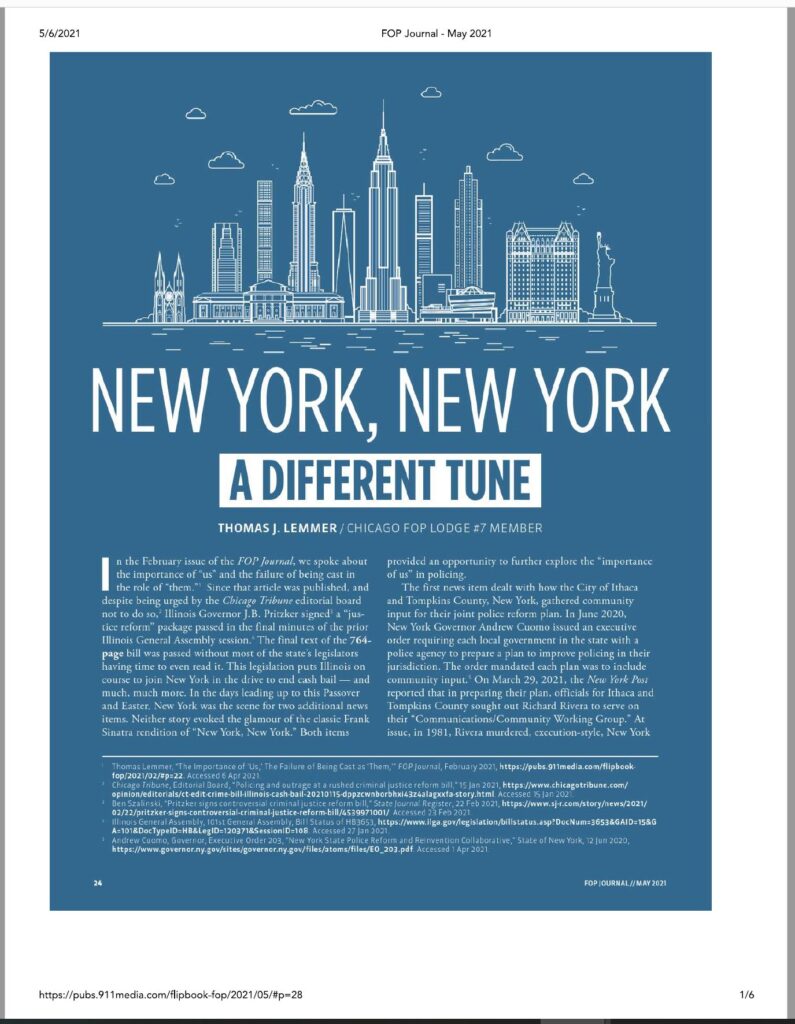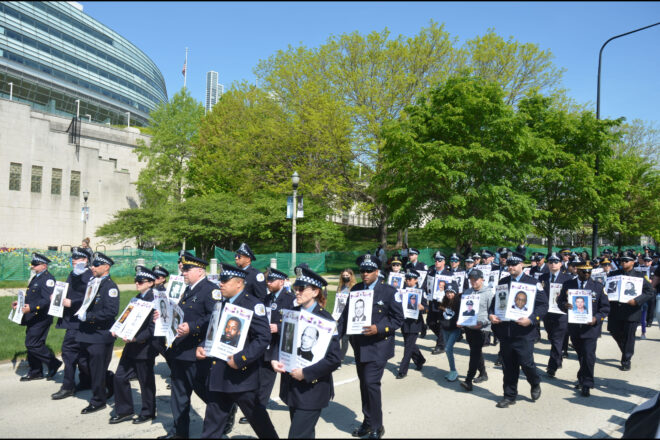Nicole Gelinas writes about an interview with the late criminologist George Kelling “half a decade ago” that focused on Broken Windows Theory. The analysis is insightful relative to the fundamental role of the community in public safety and how policing is impacted when community involvement is low. Some excerpts are below. The full article can be read on the American Mind.
QUOTING: “Kelling told me something that didn’t make it into the article, but that has stuck with me over the past few years’ often-unproductive debates over public order: policing too often starts from a point of failure. That is, police enter a tense situation only after multiple, better ways to defuse that situation have already failed. Police, in this sense, aren’t first responders but last responders (emphasis added).”
QUOTING: “Critics misinterpret this thesis in thinking that police and the overall justice system are the first line of defense against broken windows: that is, police should arrest a person who breaks a window, and that person should serve some punishment, so that his example serves as a deterrent to others.”
QUOTING: “It’s only when these social dynamics break down that the police must serve as the primary arbiters of order. Ask yourself: how often do you need the police visibly to maintain order in your own neighborhood? If the answer is often, something has already failed. In such cases, a young mother is afraid to interact with her rowdy neighbors—as she is terrified they might shoot her. A store owner who finds vandalism in the morning knows that a psychotic band of anarchists, despite being well-known to the authorities, will only break his window again, and suffer no punishment—and so it isn’t worth fixing the panes of glass.”
QUOTING: “Urban life increasingly resembles not the salutary dense streetscape, where a teen would not dare smoke pot on the sidewalk because she doesn’t want her mother to find out from the neighbors, but rather the public-benefits waiting room: all disputes must be mediated, by the book, by third-party enforcers who are subject to the public judgments of third-party observers who have little contextual knowledge.”
QUOTING: With elected officials unable to use their own judgments on what is acceptable behavior, and civilian neighborhoods powerless to enforce informal standards, the burden falls on the police—who come in a blunt manner, prepared for a riot because civil society failed to stop a fragile situation from deteriorating into mayhem. Police, once again, come in only after the point of failure—but, as Barron writes, they gradually learn “a hesitancy to engage with the public, even when action is called for. This makes New York less safe.”
The subtitle for this article provided a key observation – and reason for concern: Police must increasingly step in after civil society has failed.

In our article “NewYork, NewYork: A Different Tune,” by Thomas Lemmer, the prior success, and the more recent challenges for New York in fostering public safety are reviewed. Quoting: “The way forward must be one with broad outreach across community partners. As a community, we need our elected and civic leaders to foster unifying approaches that advance constitutional policing, reduce violence, address chronic crime conditions, improve public safety, protect victims, foster wellness, and enhance community support for the police.”
We are interested in your thoughts, and invite you to comment below.

Copyright Protected | (c) 2021 Secure1776.us – All rights reserved.


Drawing upon this article, Charles Fain Lehman further explores the role of the community in fostering public safety – and how policing provides key support for the social control provided directly by the community.
See our review and link to the full article here.